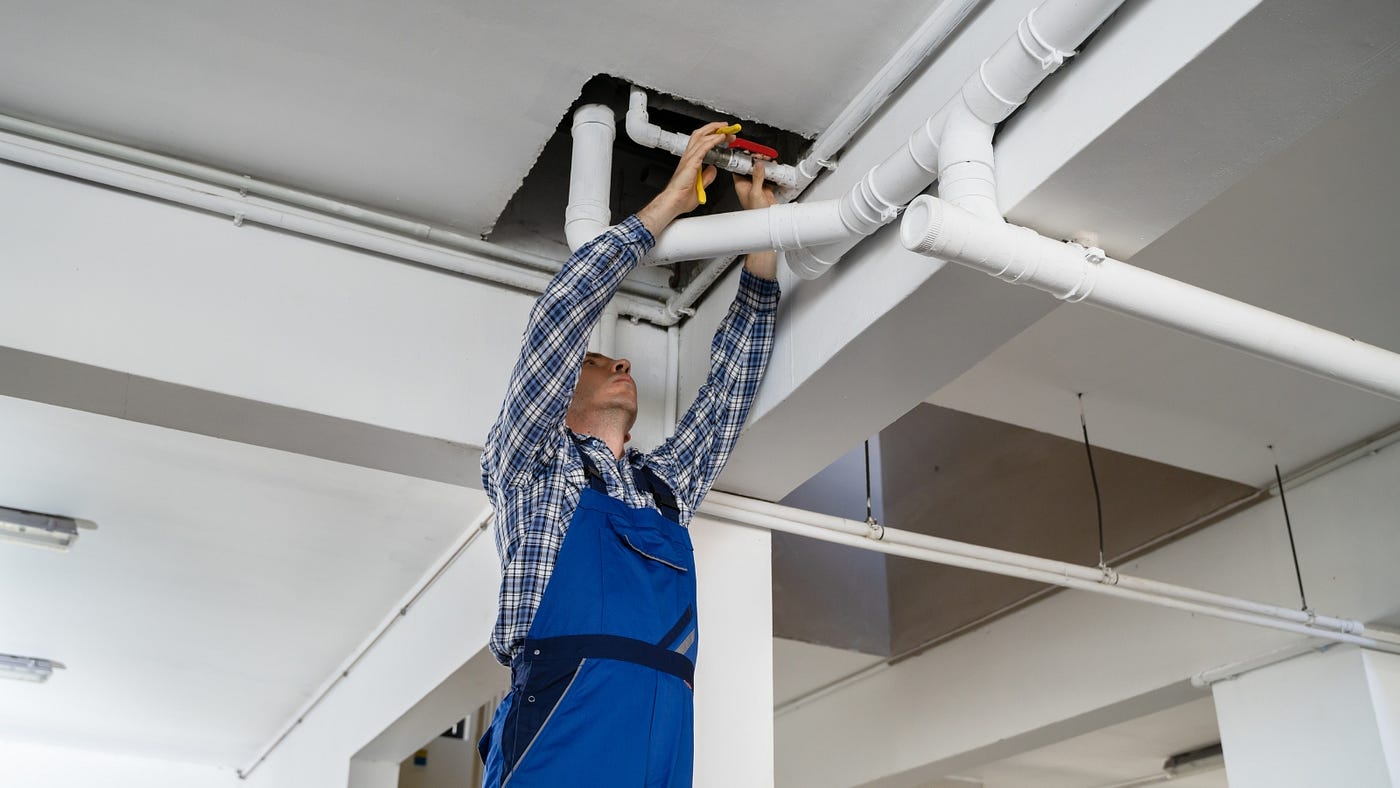Water damage is a homeowner’s nightmare, and when it strikes, swift and effective restoration is crucial to prevent further harm. Whether it’s a burst pipe, a leaky roof, or a flooded basement, water damage can wreak havoc on your property.
In this comprehensive guide, we’ll walk you through the water damage restoration process, helping you understand what to expect and how to navigate through the challenges.
Assessment and Inspection:
The first step in water damage restoration is a thorough assessment and inspection. Trained professionals carefully examine the affected areas, identifying the source of the water damage and categorizing it based on the level of contamination.
This step is crucial in determining the appropriate course of action and formulating a tailored restoration plan.
Water Extraction:
Once the assessment is complete, the focus shifts to water extraction. Powerful pumps and vacuums are employed to remove standing water from the affected areas. This step is vital in preventing further damage to structures and belongings.
The quicker the water is extracted, the higher the likelihood of salvaging valuable items and minimizing long-term damage.
Drying and Dehumidification:
After water extraction, the drying and dehumidification process begins. Industrial-grade dehumidifiers and high-powered fans are strategically placed to eliminate residual moisture from surfaces, ensuring that no hidden pockets of dampness remain. In case of your heater malfunction make sure to replace molded parts for new ones from reddy heater parts.
This step is critical to prevent mold growth, which can pose serious health risks and further compromise the structural integrity of your home.
Cleaning and Sanitizing:
Water damage often brings contaminants into your living space. Cleaning and sanitizing are essential to restore a safe and healthy environment.
Specialized cleaning agents are used to disinfect and deodorize affected areas, eliminating bacteria and preventing unpleasant odors. This step is particularly important when dealing with water damage from unsanitary sources.
Restoration and Repairs:
With the affected areas dried and sanitized, the restoration and repair process can commence. This involves repairing or replacing damaged structures, such as drywall, flooring, and insulation.
Professional contractors may also be enlisted to address structural issues and ensure your home is brought back to its pre-damaged state.
Monitoring and Follow-Up:
Even after the visible signs of water damage are addressed, monitoring is crucial. Professionals use advanced equipment to check for any lingering moisture and potential issues that may arise later.
Follow-up inspections ensure that the restoration process was successful and that your home is secure against future water damage threats.
Local Insights: Water Damage Restoration Buffalo, NY:
Residents in Buffalo, NY, often face challenges related to water damage, especially during harsh weather conditions. In such cases, enlisting the help of professionals who specialize in water damage restoration buffalo ny becomes imperative.
These experts, equipped with the knowledge of local weather patterns and specific challenges, can provide tailored solutions to address the unique needs of the region.
Conclusion:
Experiencing water damage can be a daunting ordeal, but understanding the water damage restoration process can help alleviate some of the stress. Acting swiftly and enlisting the expertise of professionals is key to minimizing the impact and restoring your home to its former glory.
By following this complete guide, you’ll be better prepared to navigate the challenges of water damage and ensure a thorough and effective restoration process.

